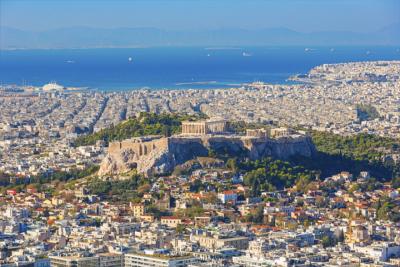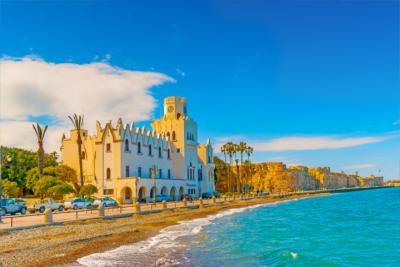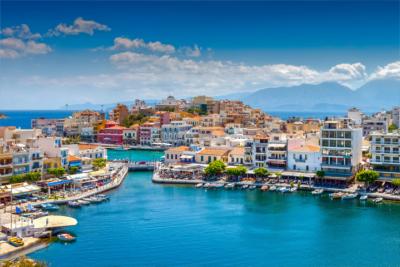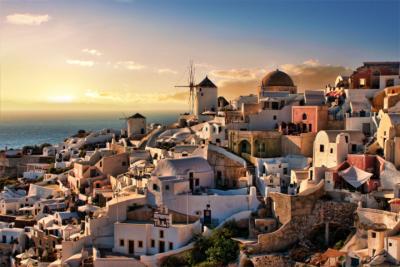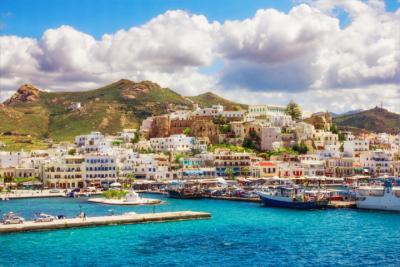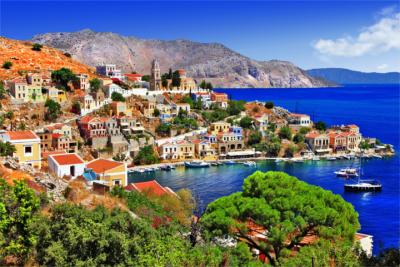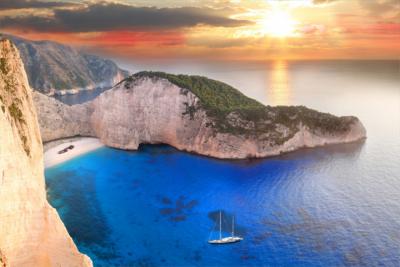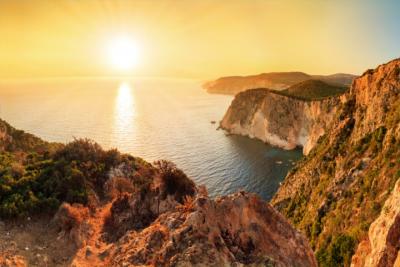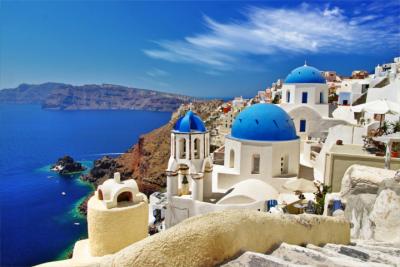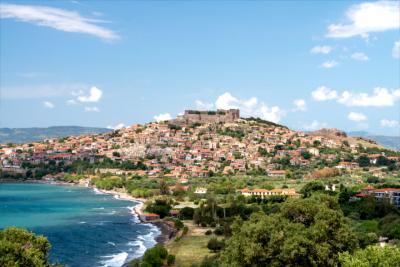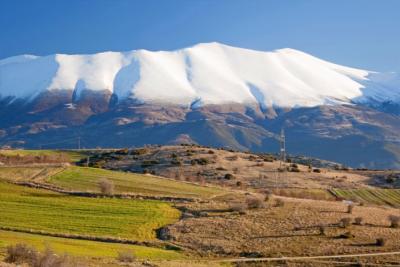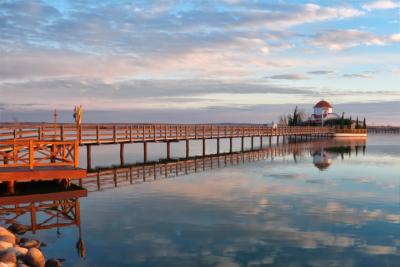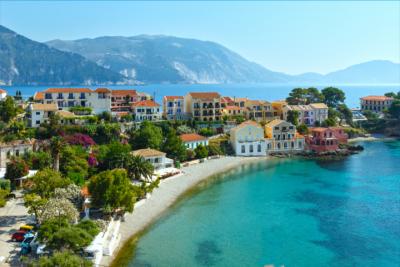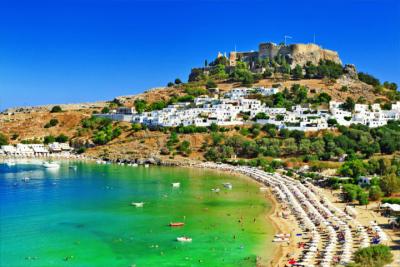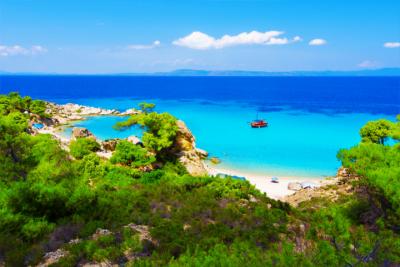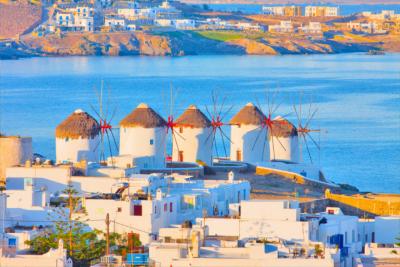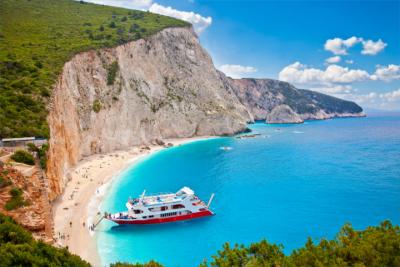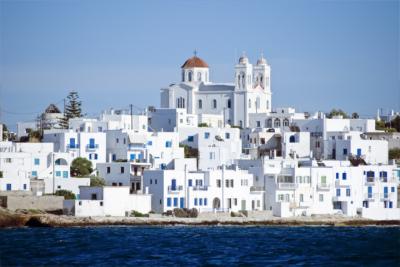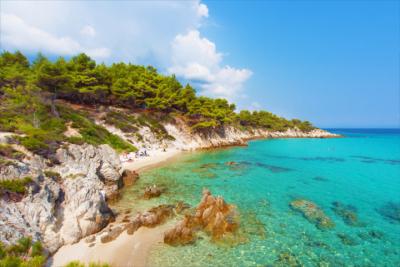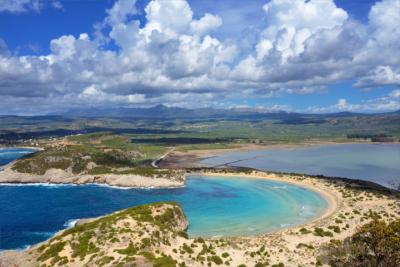Travel Offers
Travelmyne Featureprint
Distance
Crete - The Sunny Island of the Minoans
The Cretans are a proud nation and rightly so. They have sun, beach, the sea, an extraordinarily beautiful landscape, remains of Europe's first advanced civilisation, the Minoans and an excellent cuisine. After all, the island is not the most popular travel destination in Greece for no reason.
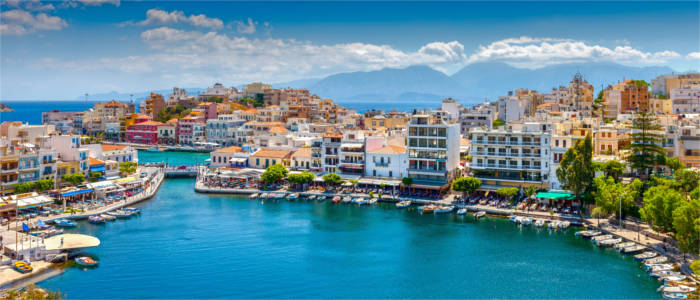
Geography - The greatest Greek island
The Mediterranean island of Crete (Greek: Kriti) is the southernmost region in Greece, about 160 kilometres away from the mainland and constitutes the border between the Aegean and the Libyan Sea. After Sicily, Sardinia, Cyprus and Corsica, Crete is the fifth largest island in the Mediterranean but the greatest island in Greece. Crete has an area of 8,331 km² and is divided into four regions regarding landscape: Chania, Rethymno, Heraklion and the Lasithi plateau. Its capital is the city of Heraklion (Iraklio), which is a popular tourist destination in addition to the cities of Chania, Rethymno and Agios Nikolaos in the north and Ierapetra in the south. Other significant tourist locations are Georgioupoli, Loutro, Matala, Palaiochora and Plakias. About 625,000 people live on the island. Crete is characterised by three magnificent massifs: the Madares or Lefka Ori (2,452 m) in the west, the Dikti with the Spathi (2,148 m) in the east and the highest peak in the island's centre, Mount Ida or Psiloritis (2,456 m). The island is dominated by constant Mediterranean climate and has over 300 sunny days per year. The summers are hot and dry, while the winters are very mild and rainy. You even see snow in some areas.
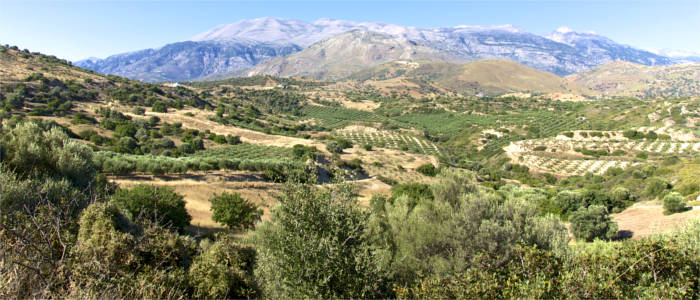
Nature - A sea of flowers
Crete's landscape is very diverse. Besides bare massifs, the island is characterised by numerous plateaus and lowlands. An impressive sight is offered by the almost round Lasithi plateau in the Dikti massif. The lowlands run along the coast in the north and are farmed intensely. However, the most fertile lowland area, the Messara, is located in the south. While the shorelines in the south are characterised by harsh cliff coasts, the coasts in the north smoothly descend into the sea. The island's flora consist of magnificent flowers and plants. There are about 170 endemic species of plants. The island is covered in a blanket of Bermuda buttercup, especially in spring. Other common plants are herbs such as thyme, sage, oregano or Cretan dittany and forests of plane trees, oaks, chestnut tress, pines and cypresses. In addition, there are more olive trees on Crete than in any other place in Greece. In comparison to the flora, Crete's fauna is rather poor in species. Common animals are crickets, cicadas, lizards and bats, which are characteristic of the Mediterranean.

Natural sights - A crystal clear and turquoise dream
Due to the beauty and variety of Crete's landscape, there is a great number of natural sights. The oldest Greek olive tree, for example, is located on Crete. It is over 2,000 years old and stands in the villages of Vouves in the west of the island. Besides the high mountains, the deep and steep gorges fascinate many visitors. The most famous one among them is probably Samariá Gorge, which is the longest gorge in Europe with a length of 18 kilometres. Sirikari Gorge, Rouvas Gorge, Agia Irini Gorge and Imbros Gorge are equally popular. Along the north-west coast you find the island's green lung. Together with the south-west coast, it constitutes the region with the highest number of nature reserves. Of course, Crete also offers many beautiful beaches. The most stunning one is without doubt Elafonisi Beach in the south-west of the island. It is the crystal clear, turquoise water and the fine, white sand which makes this beach so special. Visitors find more wonderful beaches in the bay of Balos, in Agia Galini, Bali, Matala, Frangokastello as well as palm beaches in Vai and Preveli. Vai Beach accommodates the greatest natural palm grove in the whole of Europe.
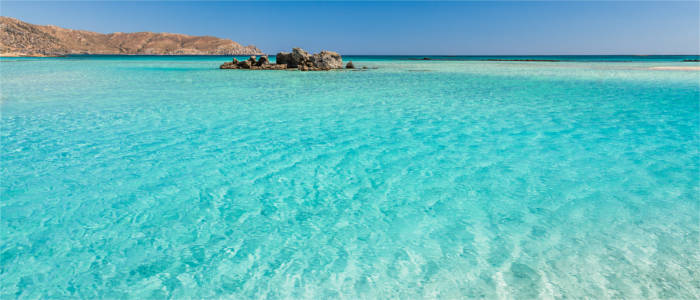
Culture - A proud and libertarian nation
The Cretans have their own sense of identity. They consider themselves to be special, which is perhaps down to the fact that the island is richer than other Greek regions and their culture much older than any other in Europe. After all, Crete was the origin of Europe's first advanced civilisation, the Minoan culture. This civilisation, which was named after the king Minos, already had its golden age over 3,500 years ago and controlled the sea trade in the eastern Mediterranean. After the fall of the Minoans caused by the volcano eruption on Santorini around 1450 BC, the Mycenaean civilisation emerged on the Greek mainland. The island's history was shaped by many attempts of conquest, especially by the Venetians and Turks. In 1898, the Cretans finally gained independence (without help), which formed their pride and love of liberty. It is this feeling of liberty and the traditional way of living which travellers experience today in addition to the Cretans' great hospitality. Another thing which distinguishes Crete from the other Greek islands is the existence of several big cities which all have their own charm. Chania in the west is called the "Jewel of Crete", Rethymno has a beautiful Venetian old town, the capital of Heraklion accommodates two important museums - the Archaeological Museum and the Historical Museum - and Ierapetra in the south has a unique Arab charm.
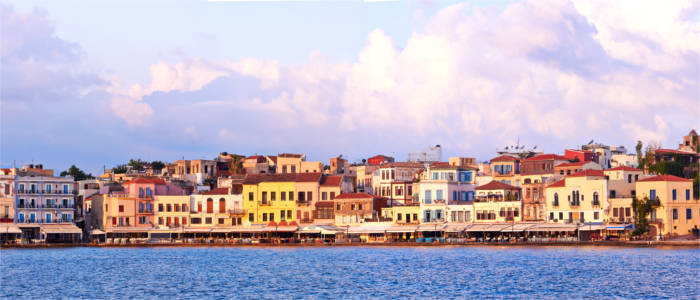
Cultural sights - Following the traces of the Minoans
Crete is full of cultural sights which are worth seeing. However, you need a lot of time to visit them all, which is why many travellers return to Crete. The most common attractions are Minoan cultural sites and finds like the Minoan palaces of Knossos (the greatest one), Phaistos, Kato Zakros and Malia. In Gortys near Phaistos, archaeologists found the oldest tablet of law in the world. In the main palace in Knossos, you can marvel at impressive paintings, which have been preserved for centuries. You see Minoan settlements in Furnu Korfi, Karphi, Itanos, Palekastro, Gournia and Pyrgos and there are fascinating monasteries in Chrisoskalitissa ("golden step"), Arkadi, Preveli and Toplou. A visit to the residential caves in Matala and the beautiful village of Spili with the 25 famous Lion Head Fountains are the highlights on many travellers' trips to Crete.
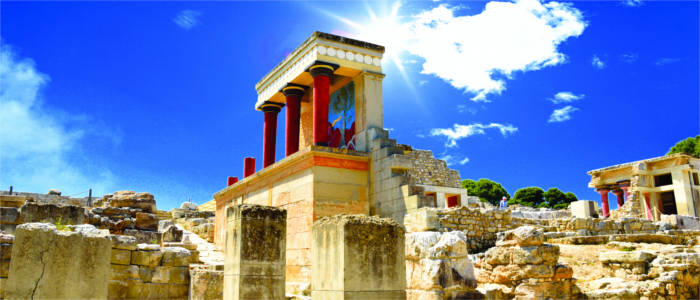
Experience - An island with two faces
Visiting Crete, you will quickly notice that the island has two faces. On the one hand, there is the urban north with the big cities and tourist destinations. On the other, you have the rural south where people still use traditional means of transport (donkeys and mules). The Cretan cuisine is very simple and mainly consists of ingredients which are grown on Crete such as cereal, olive oil, wine, honey, herbs, vegetables and milk. Research has shown that Cretan food is very healthy. The dishes are most commonly eaten at a lukewarm temperature. One popular delicacy is Cretan cheese. The national drink of the island's inhabitants is not ouzo or wine, as you might expect, but iced tap water. The Cretans only have wine with a meal. Well-known spirits are the anise-flavoured spirit ouzo and the Cretan national liqueur rakı. Crete has its very own folk music. Different versions of the bouzouki are played with the lyra (a bowed instrument) and laouto (a kind of lute). The nightlife differs from region to region. There are some discos in bigger cities but many young people now prefer the taverns and pubs.
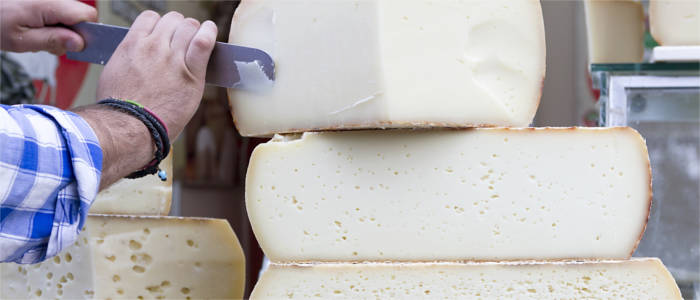
Activities - Conquering Samariá Gorge
Crete is a real paradise for lovers of nature and hikers. Travellers can choose between mountains or gorges and plateaus or lowlands. The most popular hiking trail is the crossing of Samariá Gorge. If you do not feel up to this adventure, you should have a try at Imbros Gorge, which is eight kilometres long. At Koutsounari Beach, you find a breathtaking underwater world, which is popular with divers and snorkellers from all over the world. Crete generally offers a great variety of leisure and sporting activities. Visitors can, for example, go canyoning, paragliding, cycling, canoeing, kayaking and horseback riding. Holidaymakers who do not want to be active should definitely go on a trip to the volcanic island of Santorini or explore the island on a Jeep safari.
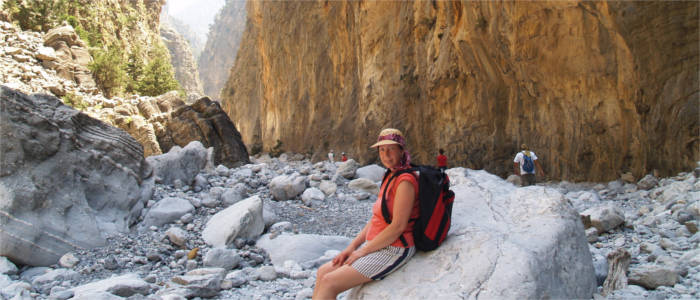
Information
There are two ways of reaching Crete. You can either take the plane to Heraklion or Chania, which takes about three hours, or take the car ferry from the mainland, for example from Piraeus or the great harbours in Italy.
Crete is a Mediterranean island which has captivated many travellers with its natural beauty and cultural variety. Visitors who have been to Crete once often return because there is always something new to discover and experience.

